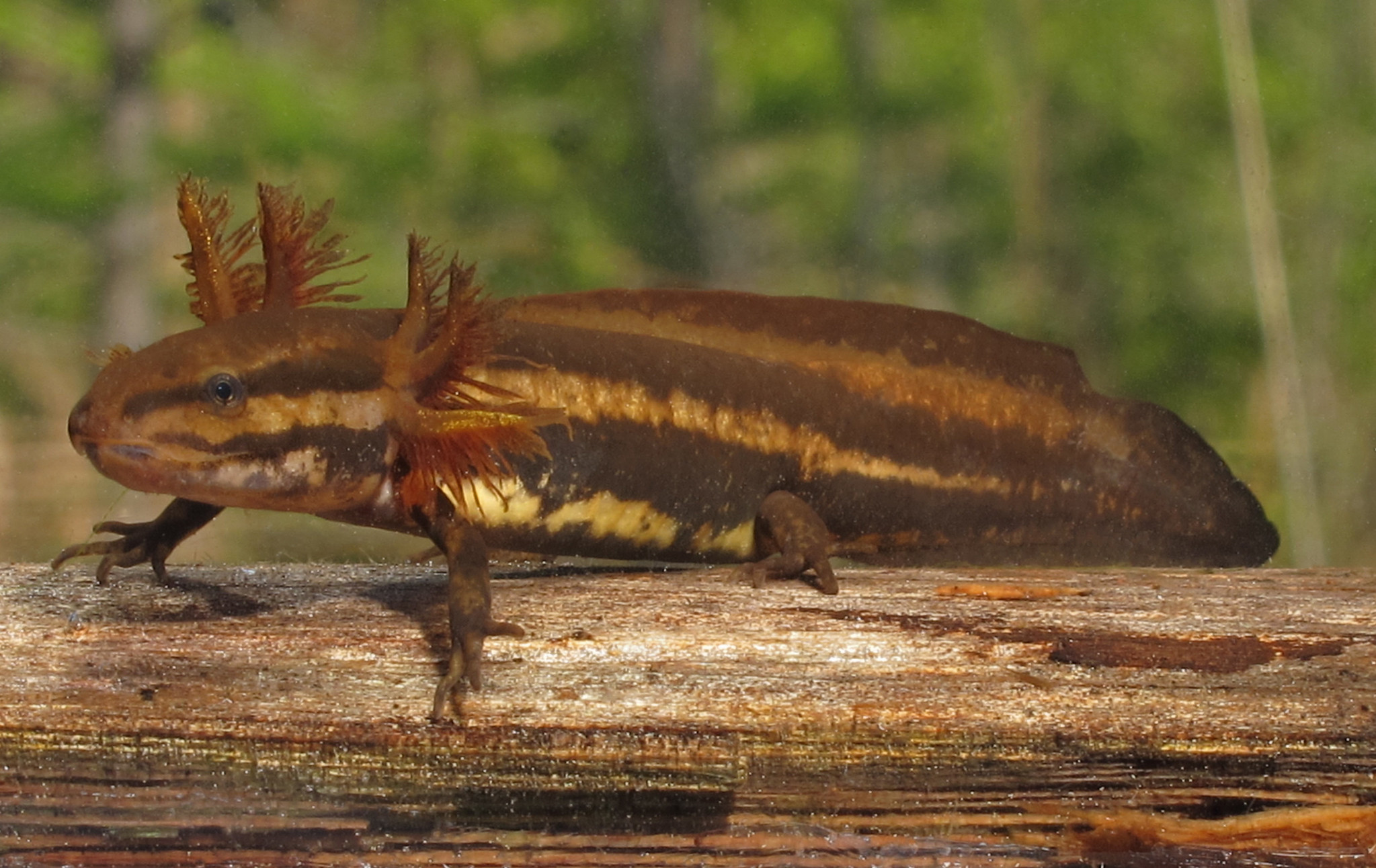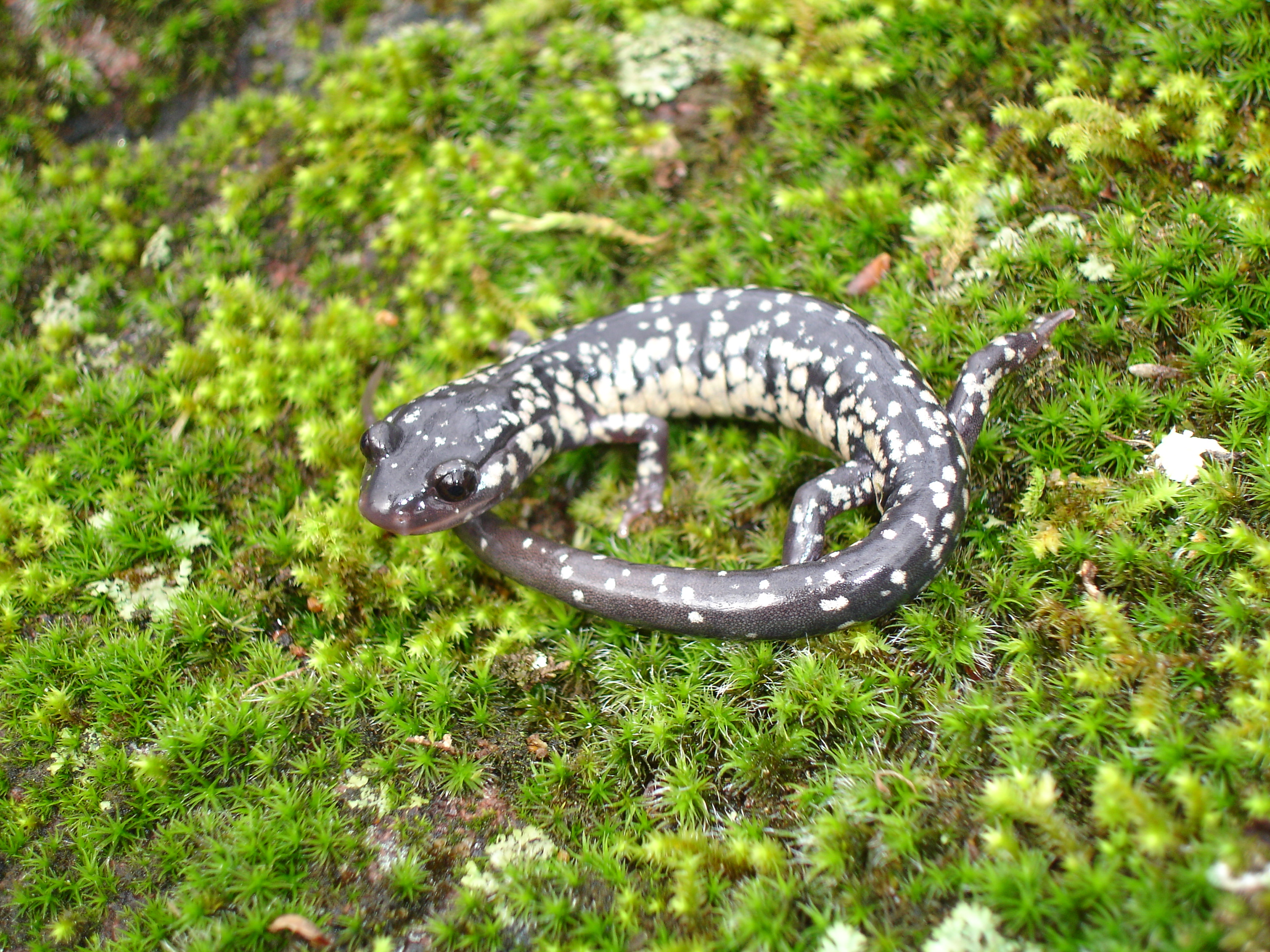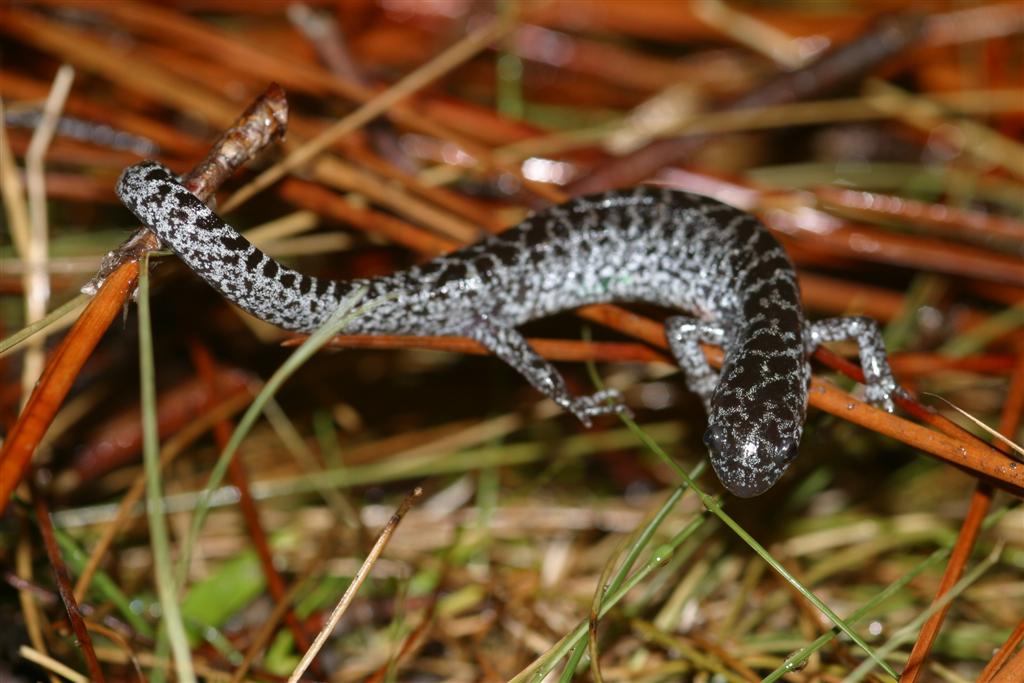Gainesville Walk and Talk
The South Central (SC) Region of the Amphibian Research and Monitoring Initiative (ARMI) encompasses the states of Texas, Oklahoma, Arkansas, Louisiana, and Mississippi. In this region, scientists have been working on better understanding the threat posed by invasive Cuban treefrogs, for example, we are developing an early warning system of audio recorders to locate the invasion front. We are also studying how of diseases carried by this invasive species can impact native species. SC ARMI scientists are also working with partners to sample areas for three species of Plethodon (terrestrial) salamanders to fill in distribution gaps. This work is beneficial to our partners because, although salamanders represent a large portion of the biodiversity of amphibians in the southern U.S., there are still many species where the distribution is poorly understood.
The Southeast (SE) ARMI region covers the states of Alabama, Georgia, Florida, South Carolina, North Carolina, and Tennessee. SE ARMI has investigated threats from natural disasters such as hurricanes. We documented that, in 2018, storm surge from Hurricane Michael affected persistence of imperiled flatwoods salamanders and that overland flooding during a 500-yr flood led to an overall decline in amphibian species richness in freshwater wetland communities. This region is also responding to partners’ needs by conducting preliminary modeling, the results of which suggest extirpation of historical ornate chorus frog populations along much of the Atlantic coast, with population strongholds in the panhandle of Florida. Such efforts benefit management of imperiled species, which relies on accurate information about where species occur.
For Amphibian Week, in Gainesville, Florida, Southeast ARMI biologist Dare Scott is organizing an Amphibian Outreach day at the Santa Fe College Teaching Zoo. We will host tables from local amphibian and conservation groups, educational talks from academics, and activity stations for kids. On May 5th, this region will also be leading a "Walk and Talk" with a local land conservation trust, Alachua Conservation Trust at the Prairie Creek Preserve. ARMI scientist Jamie Barichivich will be showcasing two commonly used methods of capturing amphibians — minnow traps placed in a pond to capture aquatic amphibians and PVC pipes placed around the edges of the pond to capture terrestrial adult treefrogs. Hopefully the minnow traps will capture a Siren or Amphiuma — two types of fully aquatic salamanders. Amphiumas, also known as congo eels, can reach an impressive maximum length of 48 inches and are known for their painful bites! South Central ARMI scientist Hardin Waddle will participate in a Florida Museum of Natural History Museum in the Parks event with the FrogWatch USA group at Santa Fe College Teaching Zoo on Saturday May 4 at 6:30 PM. Hardin will spend a few minutes explaining what USGS does in the area of amphibian research and monitoring and will answer amphibian questions and participate in the frog call survey.



